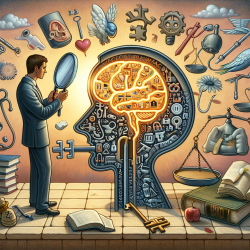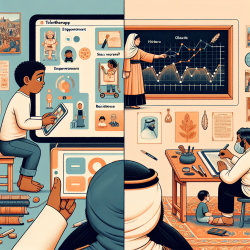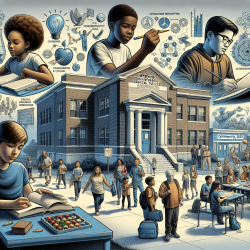The Adolescent Brain Cognitive Development (ABCD) study offers a treasure trove of insights into how gender and sexuality develop during adolescence. For practitioners working with youth, understanding these developmental trajectories is crucial for providing effective support. This blog post explores key findings from the ABCD study and offers practical recommendations for enhancing your practice.
Understanding Gender and Sexuality in Adolescence
The ABCD study is a comprehensive 10-year longitudinal study involving over 11,800 adolescents across the United States. It aims to capture various aspects of adolescent development, including gender and sexuality. The Gender Identity and Sexual Health (GISH) workgroup within the study focuses on measuring these dimensions in a way that is developmentally sensitive and inclusive.
The study utilizes a range of measures to assess gender identity, expression, contentedness, and sexual orientation. These measures help researchers understand how adolescents experience their gender and sexuality, providing valuable data on individual differences.
Key Findings from the ABCD Study
- Diverse Gender Experiences: The study highlights significant variability in gender expression among adolescents. Female participants tend to report more diverse experiences compared to males, reflecting greater social tolerance for gender nonconformity in young females.
- Sexual Orientation: The study's data show that many adolescents do not fully understand questions about sexual orientation at a young age. As they grow older, their understanding deepens, allowing for more accurate self-reporting.
- Mental Health Correlations: There are strong links between gender nonconformity and mental health issues such as depression and anxiety. Understanding these correlations can help practitioners provide targeted support to at-risk youth.
Practical Recommendations for Practitioners
The findings from the ABCD study underscore the importance of adopting a nuanced approach when working with adolescents on issues related to gender and sexuality. Here are some practical tips:
- Create an Inclusive Environment: Ensure that your practice is welcoming to all youth, regardless of their gender identity or sexual orientation. Use inclusive language and provide resources that reflect diverse experiences.
- Educate Yourself Continuously: Stay informed about the latest research on gender and sexuality. Consider attending conferences or webinars that focus on these topics to enhance your understanding.
- Engage with Parents: Work collaboratively with parents to support their child's development. Provide them with information on how to create a supportive home environment.
- Pursue Further Research: Encourage further research into the developmental trajectories of gender and sexuality. Understanding these patterns can lead to better interventions and support strategies for youth.
The insights from the ABCD study offer valuable guidance for practitioners aiming to improve their skills in supporting diverse youth populations. By implementing these findings into practice, you can make a significant difference in the lives of adolescents navigating their identities.
Measurement of gender and sexuality in the Adolescent Brain Cognitive Development (ABCD) study










